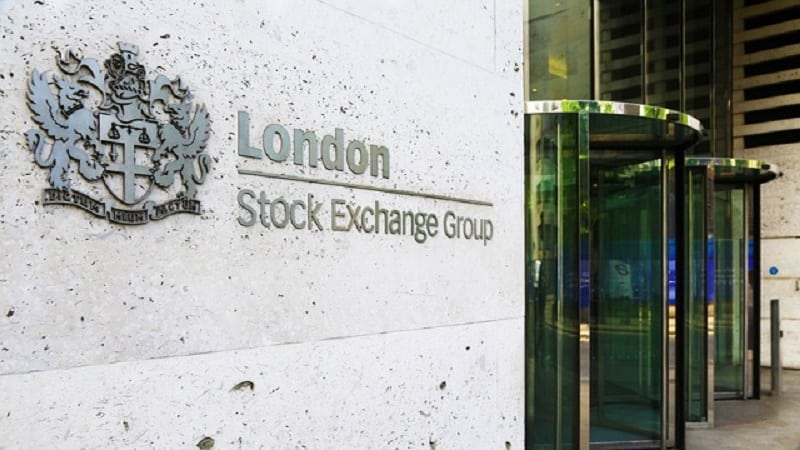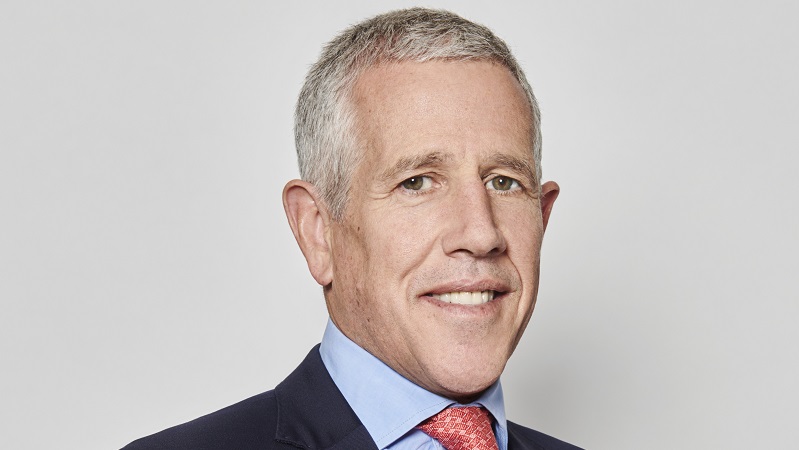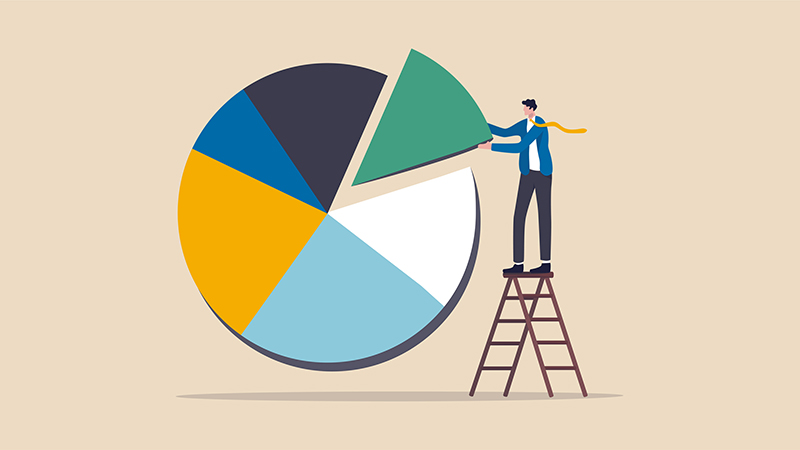By Raymond Sham, investment analyst at Morningstar Wealth
Much focus was concentrated on US stockmarket exceptionalism last year, but the start of 2025 has highlighted some promising parts of the market – particularly two overlooked areas in Asia that warrant closer inspection.
Chinese equities could be one such area to look for in 2025. We witnessed a brief recovery at the end of 2024 after the government announced a raft of fiscal and monetary policies to boost the economy.
But so far in 2025, China’s equity index has outperformed the broader global market, driven in part by the unveiling of Deepseek’s R1 AI reasoning model, which has boosted sentiment among Chinese technology stocks. R1 is considered comparable to top models from OpenAI and other US competitors, yet it does not utilize the latest hardware platforms such as Nvidia’s Hopper and Blackwell GPUs.
The news has coincided with a much more pro-business environment compared to previous years. For example, in mid-January, Beijing instructed state-owned insurers to allocate a minimum of 30% of any new policy premiums to the domestic stockmarket.
Meanwhile in February, President Xi Jinping held a highly choreographed public meeting with leading tech executives from firms including Tencent, BYD, Meituan and Alibaba.
Beyond the technology sector we are also witnessing tentative signs of property and real estate stabilisation. Fourth quarter 2024 new home sales values rose 4% year-on-year, thanks to the removal of home purchase restrictions and mortgage rate cuts.
Nevertheless, the economy needs further policies such as tax incentives or property subsidies to see a proper recovery.
With the Chinese index still trading at historically depressed valuations, even a slight improvement in sentiment can help drive returns.
Harnessing the Korea discount
Another country to pay close attention to is Korea. When investors discuss corporate governance issues in Asia, they often think of Japan first, especially given the adoption of its Stewardship Code.
But Korea also has a reputation for poor governance, where companies persistently trade at lower valuations than their global peers. For decades, Korea’s economy has been dominated by large, family-controlled industrial conglomerates (chaebols) like Hyundai.
Federated Hermes estimates that families control over 90% of listed companies. In addition, these strong controlling shareholders are seemingly indifferent to low share prices at the expense of minority shareholders.
This is primarily because of high inheritance tax (typically up to 60% for large estates) which incentivises low share prices to reduce tax burdens, as well as a variety of Korea specific laws that benefit these families. Examples include related-party transactions whereby controlling families are able to sell their own property or assets at discount to their own companies or between companies they own.
Compulsory share swaps between minority shareholders and family-owned stock, or initiating stock buybacks without cancellation, also contribute to further consolidated family control. Consequently, the Korean market is trading at below book value at 0.97x price/book in contrast with US equities trading at 4.6x price/book.
To address these concerns the Korean regulator did announce its “value-up” programme in February 2024. This encourages publicly-traded companies to share their long-term strategies for increasing shareholder value.
To encourage participation, the programme offers various incentives such as tax support and introduces the “Korea Value-Up Index” which is designed to include companies that excel in financial transparency, and shareholder-friendly initiatives.
By recognising these top-performing firms, the index aims to enhance investor confidence and motivate more businesses to adopt best practices.
Unfortunately, it is questionable how effective the programme has been, as participation is voluntarily, and companies do not face penalties for not meeting their targets. To make matters worse, political turmoil at the end of last year further weighed on performance, after President Yoon Suk Yeol failed to impose martial law.
So, while there remains a discount, where does the opportunity lie? One area is the technology sector which makes up 40% of the Korean index and is dominated by Samsung Electronics and SK Hynix.
Both companies are leading producers of memory chips, which are seeing further demand given the AI drive. However, unlike many of the US technology related names in 2024, Samsung or SK Hynix did not participate in the rally last year.
If both companies are able to ramp-up its shipments of its latest high-bandwidth memory chips, this could significantly improve their fundamentals and catalyse a rerating.
While it is still important to carefully manage position sizes to reflect geopolitical and trade risks, we ultimately maintain dedicated allocations to China and Korea. We believe both markets offer high quality companies with much of the downside already priced in.










